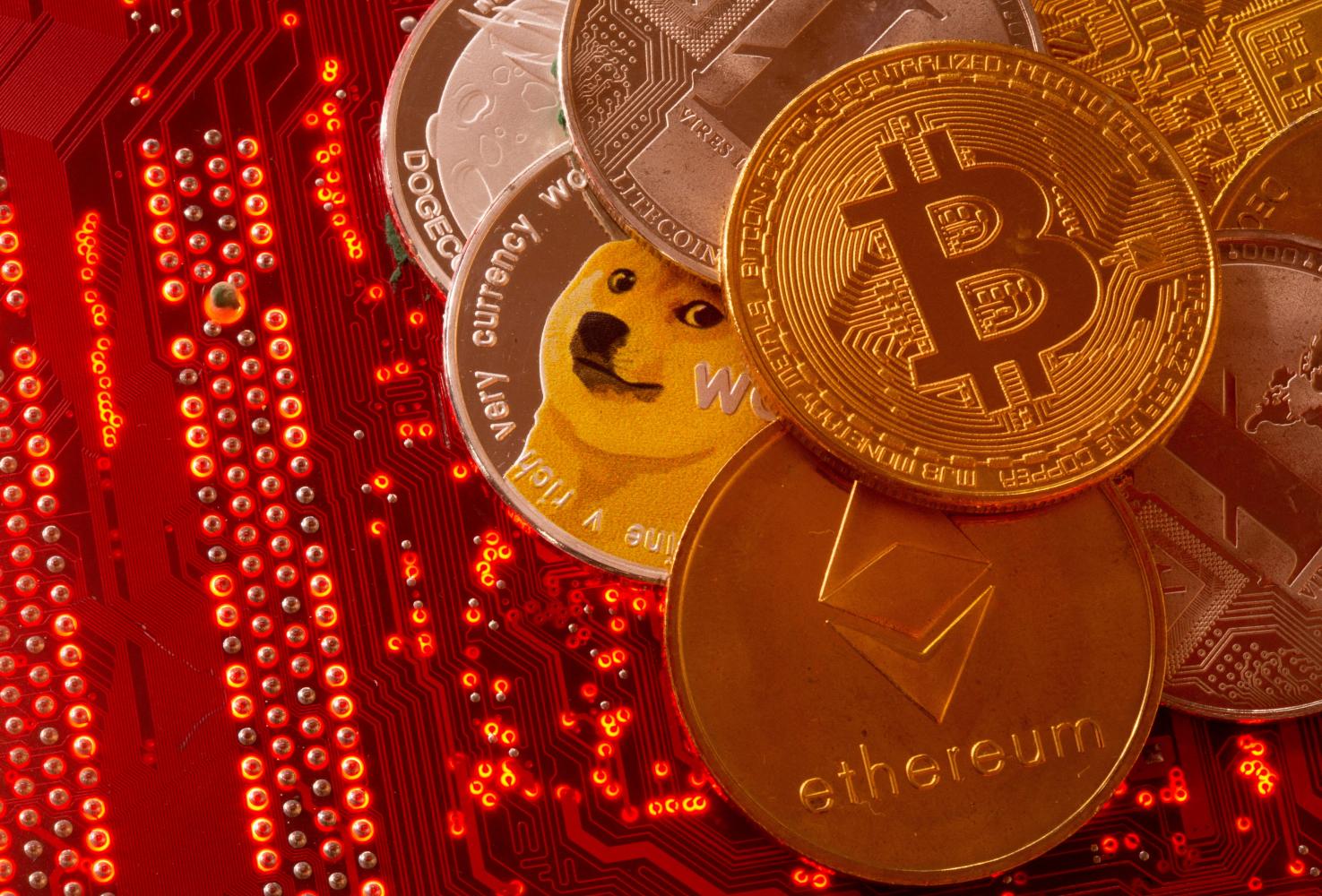
Events in 2022 served to remind us of the importance of regulatory compliance when it comes to protecting users and maximising security and trust in the cryptocurrency industry.
As we usher in a new chapter of growth for the crypto industry, regulatory harmonisation will play a fundamental role in driving adoption, protecting users and facilitating innovation.
Regulatory harmonisation seeks the convergence of regulatory frameworks, placing a greater emphasis on the global alignment of policies and laws and thus reducing opportunities for regulatory arbitrage.
As it stands, the disparities in virtual asset regulations across different jurisdictions are shedding light on the importance of policy harmonisation. A disparity in the classification of virtual assets has led to different regulatory bodies to take on the role of prescribing policies for this new asset class that is not bound by traditional market and trading hours.
As the crypto industry continues to evolve at an unprecedented rate, the need for international standardisation of crypto policies is becoming more critical. At a time when central banks are struggling to pursue policy goals of managing growth while hitting inflation targets, having a resilient global liquidity source is critical to curbing market volatility. Virtual assets can play a defining role in the rebalancing of global liquidity across asset classes.
As of today, the total market capitalisation of crypto is only US$1.25 trillion, which is not even half of Apple Inc's market cap of $2.6 trillion. If we had a way to measure the ratio of regulatory scrutiny to market cap, crypto would rank top among all asset classes, given the impact that blockchain technology can have on how consumers and businesses interact and exchange money.
REDUCING COMPLEXITY
In order to safeguard users from systemic risks and fraud, there should be a collective goal to reduce regulatory complexity and discrepancies across the crypto and blockchain industry. The absence of clear global definitions and constitutions for different classes of digital assets makes it challenging to enforce sanctions and policies.
To foster adoption and innovation, regulations should focus on three key components: fiat money to crypto, custody, and crypto-to-crypto transactions. For the first, traditional financial market regulations and Financial Action Task Force (FATF) guidance is key to ensure that transaction reporting obligations and anti-money laundering and terrorism financing requirements are met.
In the custody field, the recent collapse of certain centralised exchanges pointed to the need for key proof of reserve/solvency and transparency requirements to ensure that user funds are protected. Best practices around security, private key encryption and wallet segregation should also be shared to ensure that exchanges can have operational agility and efficiency while ensuring that user funds are safe.
For crypto-to-crypto transactions, regulators first need to understand how price discovery and fulfilment work in the virtual asset space where both centralised (CEX) and decentralised (DEX) exchanges coexist. There are differences in settlement and clearing processes between the two, and smart contracts and liquidity pools can actually replace traditional exchange order books. On-chain vs off-chain and on-exchange vs off-exchange settlement also need to be considered.
These disparities create uncertainty and confusion within the industry, which translates to more opportunities for malicious actors to undermine financial integrity. At the same time, they blur the guidelines for Web3 organisations and make it more difficult to establish preventive measures for anti-money laundering.
The enforcement of cross-sectoral global standards will help to bridge existing gaps in local policies, which will facilitate the creation of a safer, more transparent and trustworthy global crypto ecosystem moving forward. Knowledge sharing and open dialogue between industry players and policy makers will be key to ensuring this happens.
As the crypto industry is still in its nascent stage, this is an opportune time to strive towards harmonising regulatory governance in anticipation of the growth pf Web3. Evidently, Web3 is where the future is headed -- with irrefutable economic potential and use-case opportunities following the further growth of the industry.
ASIA-PACIFIC POTENTIAL
It is noteworthy that Web3 startup companies in the Asia-Pacific alone raised an estimated $16 billion in August 2022, even in the midst of "crypto winter". While North America remains the largest Web3 market, Asia Pacific takes the crown for the fastest growing region in the world. This only serves to reiterate the huge amount of untapped potential for Web3 growth within Asia Pacific.
At present, the regulatory environment for digital assets in Asia Pacific is widely different from other regions such as Europe and North America. Some countries have imposed bans on digital assets, and are looking to tighten restrictions surrounding crypto-related activities. Other countries such as Japan are expressing their commitment to develop the Web3 and digital asset economy.
Governments and regulators that are laying groundwork for Web3 investors and entrepreneurs to set up shop in their countries will no doubt witness more significant growth in their Web3 ecosystems, as opposed to countries that are taking a more conservative approach.
Through regulatory harmonisation and the establishment of consistent market regulations, the playing field is levelled by preventing policies from impeding growth.
Regulatory harmonisation goes a step beyond coordinating regulatory developments. It also involves an ironclad commitment by key industry players to align and follow through with regulatory policies.
On that front, global blockchain trade associations play a critical role in bridging the structural gaps and enhancing communication within the blockchain and crypto space.
Through the participation of industry players in the Web3 space, global blockchain trade associations can enable a more inclusive and committed ecosystem. Ultimately, this also builds more trust between Web3 organisations and regulators, which can only open more doors of opportunity for crypto adoption.
Leon Foong is the head for Asia Pacific of Binance